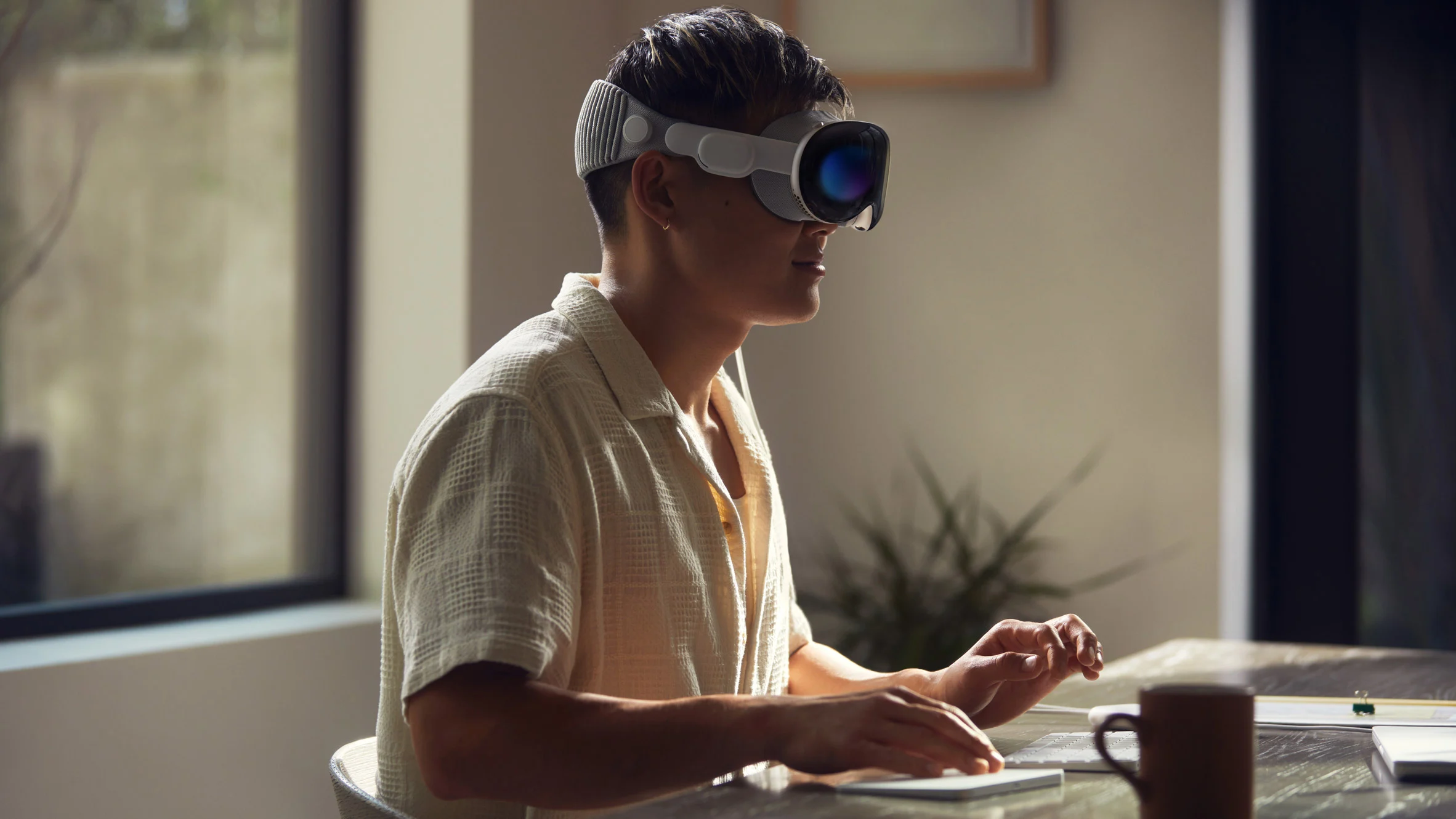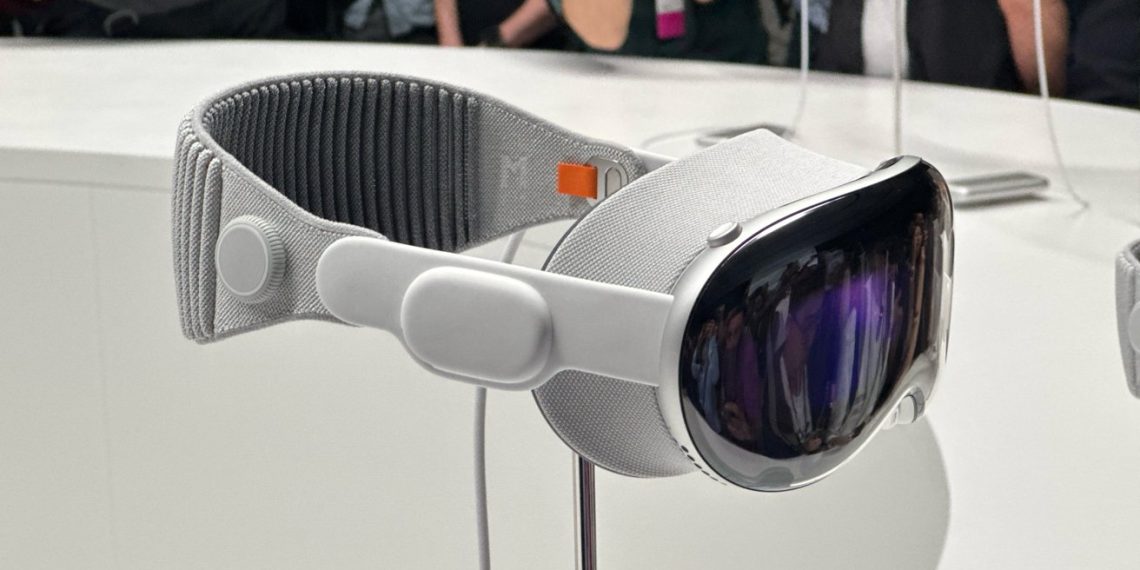Apple has officially launched its highly anticipated Vision Pro Mixed Reality headset in the US, marking a significant entry into the augmented and virtual reality space. Priced at $3499, the headset combines virtual and augmented reality technologies, offering a unique user experience.
Apple CEO Tim Cook welcomed customers at the New York City Flagship Store, where around 200 people lined up for the 8 AM launch. This marks Apple’s first new product in seven years and kicks off what CEO Tim Cook dubbed the “most advanced consumer electronics device ever created.”
The Vision Pro promises groundbreaking capabilities, including immersive video watching, seamless app navigation, and enhanced productivity features. The device’s setup process involves tracking eyes, scanning hands, and mapping the room, creating a personalized and interactive environment. Users can activate commands using eye movements and hand gestures, providing an intuitive and futuristic interface.
Despite the device’s innovative features, the hefty price tag may limit its initial adoption to dedicated Apple enthusiasts and developers. The headset includes a 256 GB storage option, with additional accessories available for purchase, such as prescription lens inserts starting at $149 and a $200 travel case. The immersive experience, however, extends to watching life-sized photos, panoramic views, and even spatial photos in 3D.
Apple’s foray into mixed reality comes as the extended reality (XR) market, encompassing augmented, virtual, and mixed reality, faces challenges in mainstream consumer adoption. The Vision Pro, with its limited app availability and tethering to a battery pack, enters the market at a time when the XR landscape has plateaued.

Apple has projected confidence in the Vision Pro’s success, with CEO Tim Cook stating that it represents the future of computing. The device’s shipping estimates remained consistent after the initial pre-order weekend, suggesting sustained demand among core Apple fans. However, its niche status and premium pricing may impact broader market penetration.




